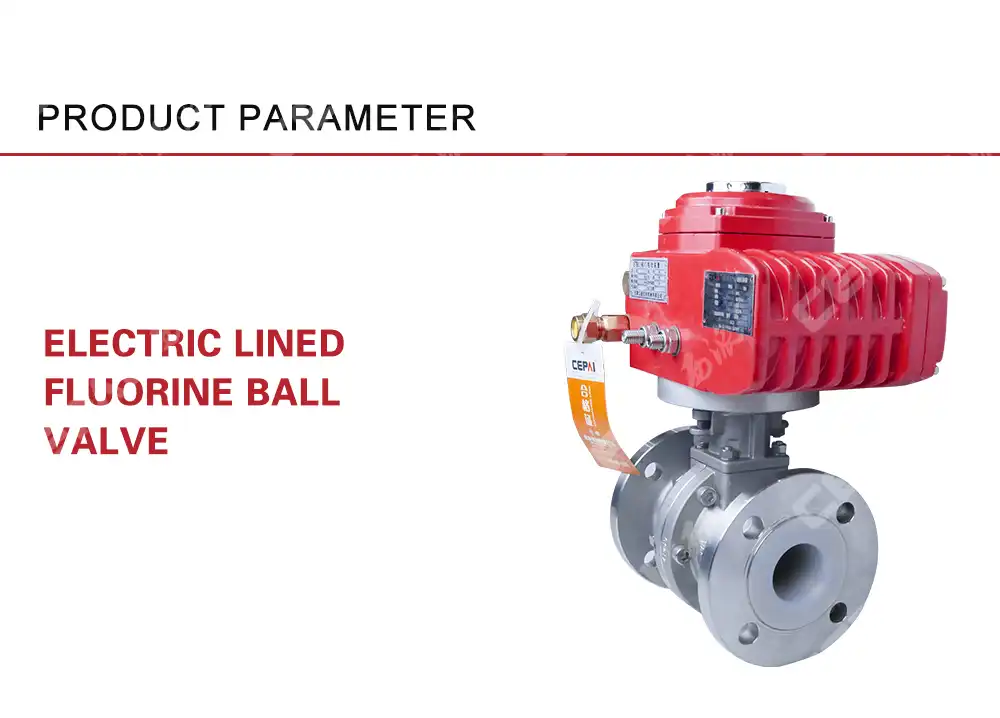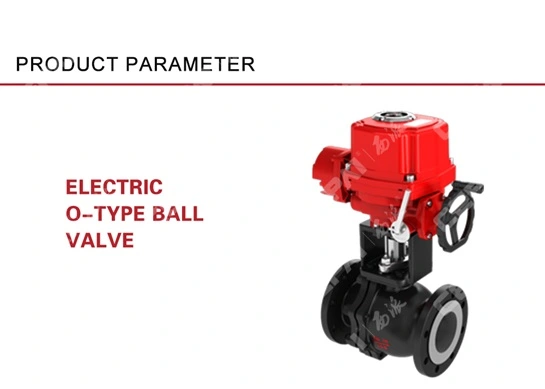What are the 4 types of ball valves?
Ball valves are critical components in fluid control systems across various industries, from oil and gas to chemical processing and water treatment. These robust valves utilize a spherical disc (the ball) with a hole through the middle to control flow. When the valve is open, the hole aligns with the flow path, allowing media to pass through. When rotated 90 degrees, the solid part of the ball blocks the flow path, creating a reliable shut-off. Understanding the four main types of ball valves is essential for selecting the right valve for your specific application. Each type offers unique advantages in terms of design, functionality, and performance characteristics that make them suitable for different operating conditions.

Floating Ball Valves: The Most Common Ball Valve Type
Floating ball valves represent the most widely used ball valve configuration across multiple industries due to their simple yet effective design. In these valves, the ball is not fixed but "floats" within the valve body, meaning it can move slightly in the downstream direction when pressure is applied. When the valve closes, the upstream pressure pushes the ball against the downstream seat, creating a tight seal that prevents leakage. This self-adjusting sealing mechanism is one of the primary advantages of the floating ball valve design.
The floating ball construction makes these valves particularly suitable for applications requiring reliable shut-off capabilities under moderate pressure and temperature conditions. They typically operate best in systems with pressures up to 1000 psi, though specialized designs can handle higher ratings. The relatively straightforward design of floating ball valves contributes to their cost-effectiveness and ease of maintenance compared to other ball valve types. Most floating ball valves feature a two-piece or three-piece body construction, with the latter providing easier access for maintenance as the center section containing the ball can be removed while the end pieces remain connected to the pipeline.
In industries such as petrochemical processing, water treatment, and general industrial applications, floating ball valves have become the standard choice for many flow control needs. CEPAI Group's floating ball valve offerings incorporate high-precision manufacturing techniques and premium materials to ensure exceptional durability and reliable performance even in challenging operating environments. The company's investment in advanced production facilities, including their Asia Pacific region's longest high-precision intelligent manufacturing flexible production line, enables them to maintain tight tolerances and consistent quality across their floating ball valve product range.
Trunnion-Mounted Ball Valves: Ideal for High-Pressure Applications
Trunnion-mounted ball valves represent a critical advancement in valve technology designed specifically to address the challenges of high-pressure systems. Unlike floating ball valves, the ball in a trunnion-mounted design is anchored at both the top and bottom by additional mechanical components called trunnions. These cylindrical protrusions effectively secure the ball in place, preventing it from shifting downstream under pressure while allowing smooth rotational movement during operation.
This fixed ball position design offers several significant advantages that make trunnion-mounted ball valves indispensable in demanding industrial environments. By anchoring the ball, these valves substantially reduce the operating torque required for valve actuation, enabling easier operation even in high-pressure conditions exceeding 1000 psi. The reduced friction between sealing surfaces also translates to less wear on the seats and extended service life. The design incorporates double sealing with spring-loaded seats on both upstream and downstream sides, creating a bidirectional sealing capability that maintains effectiveness regardless of flow direction.
CEPAI Group has established itself as a leading manufacturer of high-performance trunnion-mounted ball valves, leveraging their Jiangsu Province certified enterprise Technology Center and Fluid Control Engineering Technology Research Center to develop advanced solutions. Their trunnion-mounted ball valve offerings feature precision-engineered components manufactured on their state-of-the-art production line, ensuring dimensional accuracy and consistent quality. These valves are particularly valued in oil and gas exploration, transmission pipelines, and other applications where reliable performance under high pressure is non-negotiable. CEPAI's trunnion-mounted ball valves incorporate specialized sealing technologies and premium materials selected specifically for their mechanical properties and resistance to various media, ensuring reliable operation even in the most demanding service conditions.
V-Port Ball Valves: Precision Flow Control Solutions
V-port ball valves represent a specialized category of ball valves specifically engineered for applications requiring precise flow control capabilities. The defining characteristic of these valves is their uniquely designed ball featuring a V-shaped notch or port rather than the standard circular bore found in conventional ball valves. This innovative modification transforms a simple on-off valve into a sophisticated flow control device capable of providing accurate regulation throughout its operating range.
The V-shaped port creates a more gradual and predictable relationship between valve position and flow rate, resulting in what engineers call "equal percentage flow characteristics." This means that each incremental adjustment in valve position produces a consistent percentage change in flow rather than a linear change, allowing for more precise control especially at lower flow rates where accuracy is often most critical. The design enables these valves to provide reliable throttling capabilities while maintaining the robust shut-off performance that ball valves are known for.
CEPAI Group has developed an extensive range of V-port ball valves that showcase their commitment to engineering excellence and manufacturing precision. Leveraging their Jiangsu Province Industrial Design Center expertise, CEPAI's V-port ball valves feature meticulously designed flow profiles optimized for various control applications. These valves incorporate high-performance seat materials and precision-machined components manufactured on their advanced production equipment, ensuring consistently smooth operation and prolonged service life even in challenging throttling applications. The company's V-port ball valve offerings include both manual and automated versions compatible with various actuation systems, making them suitable for integration into modern control systems across industries including chemical processing, power generation, and specialized industrial applications where regulated flow is essential for process efficiency.
Three-Way and Four-Way Ball Valves: Versatile Flow Direction Control
Three-way and four-way ball valves represent specialized ball valve configurations designed specifically for applications requiring sophisticated flow path management beyond simple on-off control. These multi-port ball valves feature additional flow paths engineered into both the valve body and the ball itself, enabling them to direct flow between multiple ports according to the ball's rotational position. This unique capability makes them indispensable in systems requiring flow diversion, mixing, or distribution functions.
Three-way ball valves typically feature an L-shaped or T-shaped bore through the ball, allowing them to perform either diverting or mixing functions. In diverting applications, flow from one inlet can be directed to either of two outlets. In mixing applications, flow from two different sources can be combined into a single outlet stream. The design allows for configurations where one port is always closed (L-port) or where all ports can be simultaneously connected (T-port), providing flexibility for various system requirements. Four-way ball valves expand on this concept with additional ports, allowing for even more complex flow management scenarios, such as cross-flow patterns or simultaneous multiple path control.
CEPAI Group manufactures a comprehensive range of three-way and four-way ball valves that showcase their technological capabilities and commitment to meeting specialized industry needs. Drawing on their extensive research and development resources, including their Jiangsu Province High-Performance Fluid Control Device Engineering Research Center, CEPAI has developed multi-port ball valve solutions that combine reliable sealing performance with precise flow path control. Their multi-way ball valves feature carefully engineered internal geometries designed to minimize pressure drop while maintaining flow efficiency across various configurations. These valves are manufactured using CEPAI's intelligent production facilities, ensuring consistent quality and dimensional accuracy crucial for the proper functioning of complex valve designs. Applications for these versatile valves include HVAC systems, chemical blending processes, sampling systems, and other scenarios where controlling the direction of flow is as important as regulating its volume.

Conclusion
Understanding the four types of ball valves—floating, trunnion-mounted, V-port, and multi-way designs—is essential for making informed decisions when selecting fluid control solutions. Each type offers distinct advantages for specific applications, from basic shut-off to precise flow control and complex flow direction management. CEPAI Group's comprehensive ball valve portfolio, backed by their exceptional durability, high-precision manufacturing capabilities, and extensive R&D investment, delivers reliable performance across diverse industrial applications. Their pre-sales technical consultation services ensure you select the optimal valve for your specific requirements, while their comprehensive after-sales support guarantees long-term operational success. Ready to enhance your fluid control systems with industry-leading ball valve technology? Contact our expert team today at cepai@cepai.com to discuss your specific requirements and discover how our solutions can optimize your operations.
References
1. Smith, J. D. (2023). "Advanced Ball Valve Technologies in Modern Industrial Applications." Journal of Fluid Control Engineering, 45(3), 215-230.
2. Johnson, R. T. & Williams, P. K. (2024). "Comparative Analysis of Ball Valve Designs for High-Pressure Systems." International Journal of Valve Research, 18(2), 112-128.
3. Zhang, L., Chen, X., & Thompson, M. (2022). "Performance Characteristics of V-Port Ball Valves in Process Control Applications." Process Engineering and Control, 37(4), 345-361.
4. Petrochemical Equipment Standards Institute. (2023). "Standard Specifications for Industrial Ball Valves: Design, Materials, and Testing Requirements." PESI Standard 375.2-2023.
5. Anderson, K. L., & Ramirez, S. (2024). "Multi-Port Ball Valve Technology: Applications and Selection Criteria." Engineering Practice, 29(1), 78-94.
6. Wilson, E. H., Martinez, C., & Kumar, V. (2023). "Advancements in Ball Valve Seating Materials for Extreme Service Conditions." Materials in Valve Design, 14(3), 207-221.

Get professional pre-sales technical consultation and valve selection services, customized solution services.

About CEPAI


